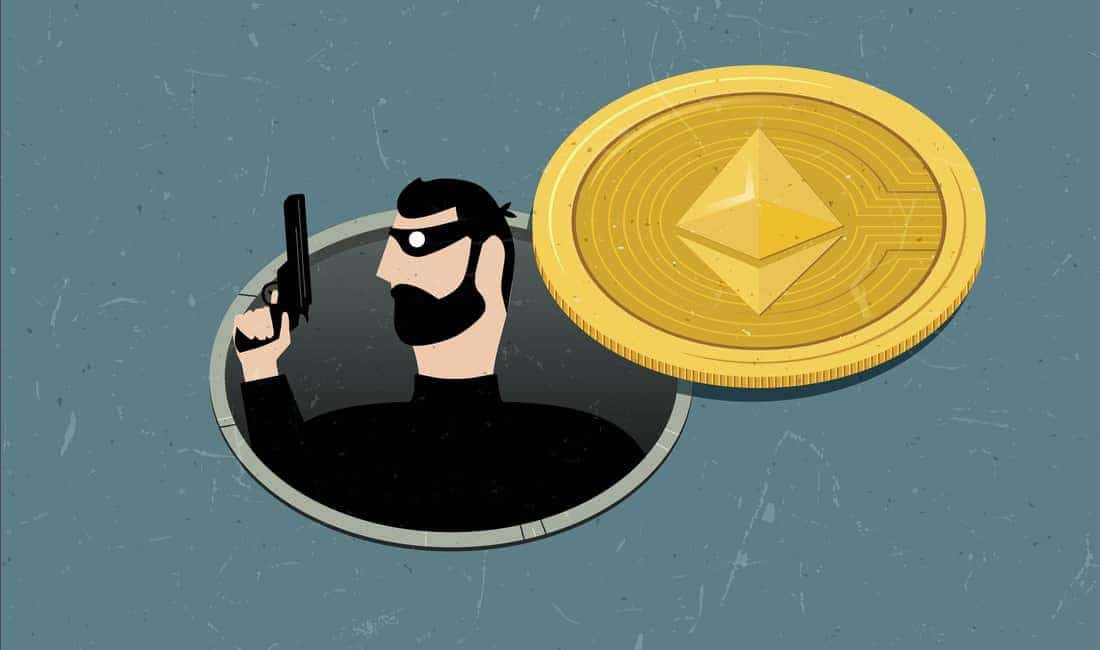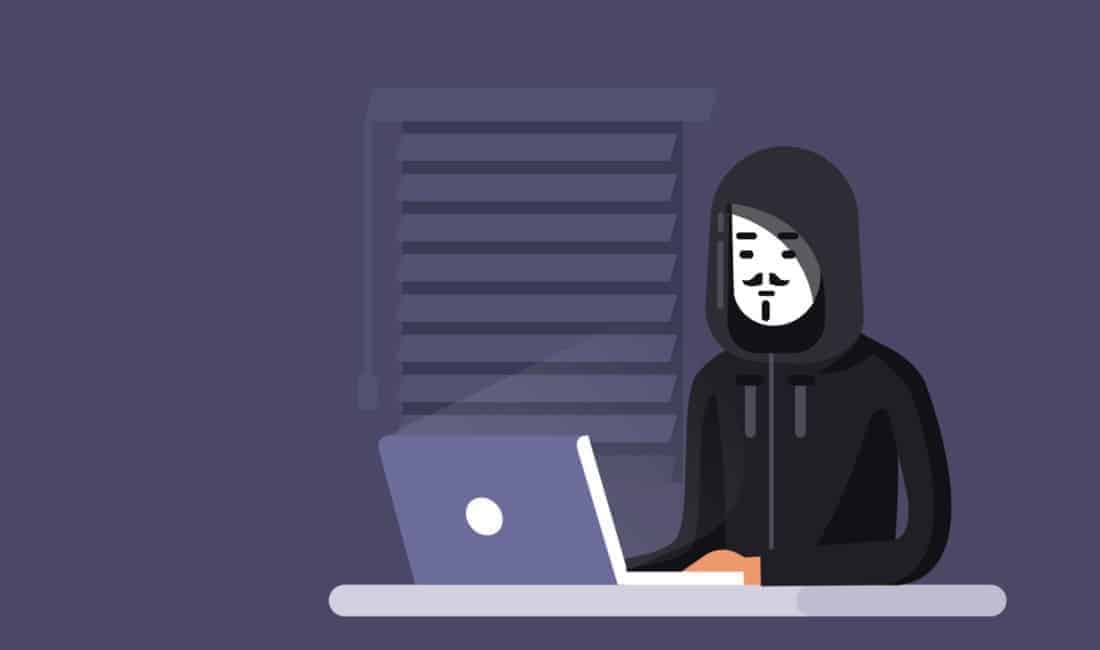Blockchain‘s long-touted advantage is that it doesn’t exist in one place. Rather, it’s distributed across computers all around the world. But can someone still gain control of it? This is what we call a 51% attack on blockchain. And though most people speculate that it will never happen to bitcoin‘s blockchain, this doesn’t mean that it’s impossible.
In fact, a 51% attack may be more likely than you think. Today’s blockchain isn’t distributed the same way it was a few years ago, meaning that attacks are no longer theoretical. Here’s what you should know about past attacks on blockchain, and what ac major attack would do to bitcoin.
What Is A 51% Attack?

Why are people worried about a 51% attack on blockchain in the first place? Concern about a majority attack on blockchain goes back to the nature of distributed ledger technology. Blockchain is, by definition, decentralized. This means that data stored on blockchain exists in multiple locations. Additionally, the work of verifying transactions is performed by many, rather than by a centralized authority.
Decentralization prevents you from modifying information stored on blockchain. In other words, a person or group would only be able to alter that information if they controlled a large part of the blockchain’s computing power. Theoretically, you would need to control the majority, meaning 51%, of the blockchain network. This is why they call it a 51% attack on blockchain.
However, hackers have been able to disrupt the distributed ledger with much less, albeit on less secure blockchains. 51% control only means that they’re guaranteed to have this ability.
People Worry About An Attack On Bitcoin
When people reference a 51% attack on blockchain, they’re usually talking about an attack on bitcoin. By far, bitcoin has the highest cryptocurrency market share. Not only that, but one bitcoin is currently worth a little over $6,218 USD right now. This makes it one of the most valuable currencies in the world.
In other words, the incentive to control bitcoin’s blockchain has never been greater. There have already some jaw-dropping cryptocurrency Ponzi schemes and heists. In 2018 alone, hackers have stolen $800 million in crypto. But this is nothing compared to what a 51% attack on bitcoin, with a market cap of over $108 billion dollars, would do.
What Would Happen During A 51% Attack?

At this point, a 51% attack on bitcoin’s blockchain is only theoretical. But if a group or individual gained control of half the network’s computing power, meaning its nodes, it would have massive consequences, many unforeseen.
Imagine if a hacker gained control of the stock market. Stock values would fluctuate and trading would come to a halt. In essence, this is what would happen during a successful bitcoin attack.
More specifically, a 51% attack on blockchain could disrupt transactions, past and present. The controlling entity could stop specific users or everyone from issuing payments. Even more alarmingly, it could rescind past payments. This is what you call “double spending” coins. In other words, someone would appear to pay for something, but would actually keep the cryptocurrency for themselves.
As it stands, blockchain’s PoW and PoS systems prevent users from double spending coins. This is because other miners, people other than the two parties involved, verify transactions. Furthermore, once transactions are recorded on blockchain’s ledger, they cannot be deleted or altered.
But once controlled by a majority, blockchain can be edited. Someone can undo payments, redirect them or stop them entirely. It’s impossible to undo everything, though. The further back a payment, the further back it exists in the “chain” of “blocks.” This means that older payments are more secure during an attack.
Additionally, the controlling group could stop miners from producing new blocks, i.e. validating transactions and creating more cryptocurrency. An attack on bitcoin would mean gaining control of a lot, but not all, of the world’s bitcoin.
Attacks On Other Cryptocurrencies
Bitcoin, the gold standard of crypto, has never experienced a 51% blockchain attack. But you cannot say the same for other cryptocurrencies. In May 2018, Bitcoin Gold, a fork of Bitcoin, experienced a 51% attack.
Hackers stole funds through double spending. In a series of 76 fraudulent transactions, $18 million in Bitcoin Gold all but disappeared.
Majority attacks aren’t restricted to bitcoin blockchain-based cryptocurrencies, either. There have been attacks on Krypton, Shift, MonaCoin, ZenCash, Litecoin Cash and Verge. The smaller the network, the easier it is to gain control of its mining power and alter its blockchain.
Bitcoin Whales
Bitcoin operates outside of governments and banks. But this doesn’t mean that the world’s most popular crypto doesn’t have its own wealth inequality. Quite the contrary. A select few individuals own the vast majority of bitcoin.

Data from BitInfoCharts compiled on 09/07/2018.
Bitcoin has 100 times America’s wealth inequality. In the U.S., the top 1% own a little less than 40% of the total private wealth. Comparatively, people who own 1,000 to 1,000,000 BTC account for only 0.01% of bitcoin wallet addresses. Together, this 0.01% holds 40.24% of the world’s bitcoins. These people are called bitcoin whales, and they can move the market on a whim.
Though owning a lot of bitcoin can affect the market, it isn’t the same thing as controlling the blockchain. Blockchain is linked to computational power, meaning its mining nodes. To control the blockchain, rather than the market, you don’t need 51% of bitcoin. Instead, you need 51% of the network’s mining hashrate, which is the speed of mining.
Who (or What) Mines the Most Bitcoin?

Data from Blockchain.com compiled on 09/06/2018. A mining pool’s hashrate determines its size.
Individual miners are more often part of a mining group. And four Bitcoin mining pools account for 52.8 percent of mining.
There is also speculation that some of these mining groups are secretly connected, which would give them a much higher hashrate. For example, some people believe that AntPool, which mines around 14% of Bitcoin blocks, also controls BTC.com and ViaBTC. This would give them 40.4% control of all Bitcoin mining today.
China Controls Almost All Bitcoin Mining

Data from BuyBitcoinsWorldwide.
Not only could one company control over 40% of Bitcoin mining, but almost all of it takes place in China. BTC.com, AntPool, BTC.TOP, ViaBTC, F2Pool, Poolin, DPOOL, BitClub Network, Bixin, and BTCC Pool are all located in China. In total, China controls 77.5% of the world’s mining.
Bitcoin mining is easy in China because the cost of electricity is so low. On average, China pays 8¢ per kWh, whereas the US pays 12¢. European countries, like Denmark and Germany, pay six times China’s rate or more.
How Much Would A 51% Attack On Blockchain Cost?
The biggest argument for why no one will ever control 51% of blockchain is that the cost of equipment and electricity would be too high. But according to a paper published by New York University, an attack on a large network like Bitcoin or Ethereum isn’t out of the question.
For starters, if you rent out equipment, attacking the blockchain is a lot more affordable. And today, 80% of mining exists in one of the country’s with the lowest electricity costs, and much of it could be owned by one mining group. In other words, renting or temporarily controlling a majority of the entire bitcoin blockchain is more possible than ever.
But still, how expensive would it be? In the paper, researcher Joseph Bonneau estimates that it would cost around $1.5 billion an hour to attack Bitcoin or Ethereum. Though this is ridiculously expensive, the most valuable bitcoin gets, the more worthwhile a hack becomes.
Is An Attack Always In Hackers’ Best Interest?

When you’re talking about Bitcoin, Ethereum or another large network, it isn’t always in hackers’ best interest to take it down.
This is because once cryptocurrency holders realize that a blockchain is under attack, they’ll disinvest. Additionally, transactions will stop completely. All this means that the currency’s value will plummet. Since blockchain rewards miners with cryptocurrency for creating blocks, these potential hackers probably own a lot of it. It isn’t in miners’ best interest to decrease the value of a currency they hold.
However, Bitcoin Gold’s value decreased during the 2018 attack, but it didn’t plummet. In a hypothetical 51% attack on blockchain scenario, hackers would have to double spend enough cryptocurrency to offset the cost of the attack, but not enough to attract too much suspicion.
Is a 51% Attack on Blockchain in Our Future?
 A 51% attack on blockchain is far from impossible. Though we’ve only seen successful 51% attacks on smaller networks, do not assume that Bitcoin is immune. Ownership is concentrated amongst a very small group of people and mining largely occurs in the same place, and potentially under the same company hierarchy.
A 51% attack on blockchain is far from impossible. Though we’ve only seen successful 51% attacks on smaller networks, do not assume that Bitcoin is immune. Ownership is concentrated amongst a very small group of people and mining largely occurs in the same place, and potentially under the same company hierarchy.
Today, only the cost of the computation power it would take to attack blockchain and the danger of upsetting a cryptocurrency’s value stands between hackers and a large-scale attack. Luckily, these are big obstacles. But Bitcoin’s history isn’t long enough to assume that this will always be the case. Bitcoin, though initially a revolt against financial institutions, has its own increasingly established powers.

